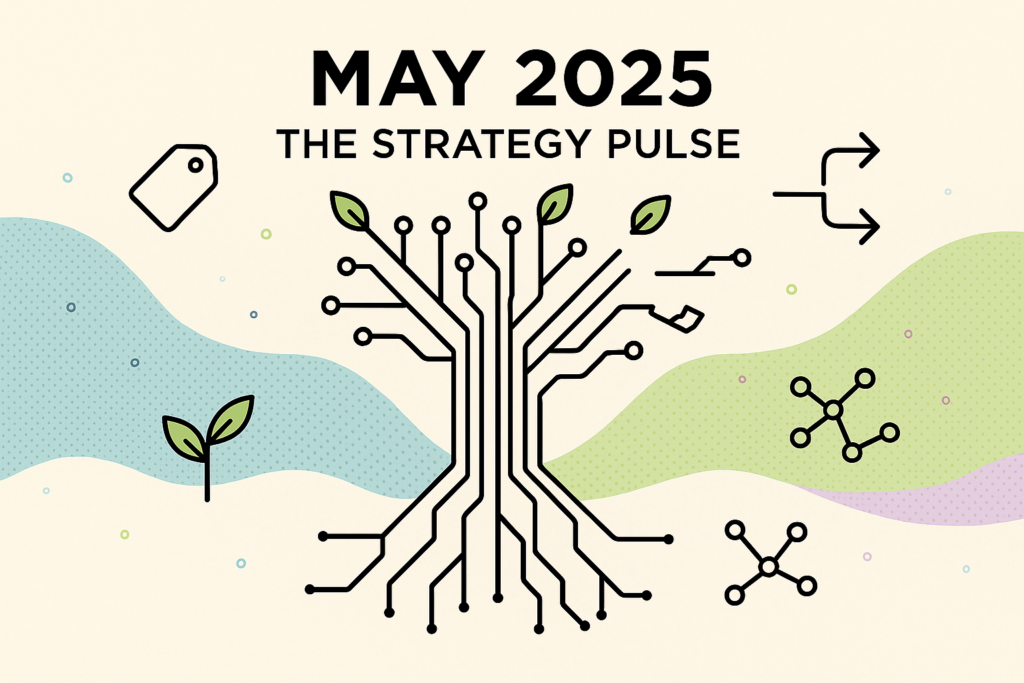Month: March 2024

How To Stop Your CV Going Into A Black Hole
How To Stop Your CV Going Into A Black Hole
March 5, 2024
“By far the most frustrating thing I’ve found recently is how bad the ‘front door’ application route is Vs recruiters or network. I’ve applied to around 20 jobs by applying cold in response to a job add. Almost all have required intense effort to tailor CV, write a cover letter and transcribe loads of information into their job system. Not a single one has resulted in an interview. By contrast, using network has resulted in an interview every time. I can’t work out how initial HR screens seem so random when evidence suggests I’m at the level to at least interview for the roles. They also provide no feedback, just an auto generated ‘we’re sorry …’ mail, sometimes within minutes of applying.”
Why does this account seem familiar?
When you apply for a job online, whether through a company’s careers page or a job board like LinkedIn, Indeed, or Monster, your CV is typically parsed electronically by an Applicant Tracking Systems (ATS). These are software applications used by recruitment teams to manage and streamline the recruitment process.
ATS algorithms serve as gatekeepers, scanning CVs for specific keywords and qualifications deemed essential by employers. They either rank your application for further review by human recruiters or filter it out if it doesn’t meet the predetermined criteria.
According to a report by CareerBuilder, 75% of hiring managers use an ATS.
With such a high proportion of CVs filtered out before human eyes lay upon them, failure to align with the required criteria will result in your CV being consigned to digital oblivion. Understanding how to optimise your CV is paramount to success.
8 Tips to Improve Your CV for ATS
- Keyword Optimisation: Tailoring your CV with relevant keywords is key to beating ATS algorithms. Ensure your CV includes industry-specific terms, skills, and qualifications found in the job description to increase visibility.
- Format for Clarity: Simple, text-based formats are preferred by ATS algorithms. Avoid complex graphics, tables, or unconventional fonts that may confuse the system. Stick to standard fonts and layouts for optimal readability.
- Utilise Standard Section Headings: Categories such as “Professional Experience” and “Skills” help ATS algorithms categorise information effectively, enhancing your CV’s chances of passing through filters.
- Avoid Extraneous Graphics: Graphics can hinder rather than help. Stay clear of unnecessary images, charts, or text boxes that may confuse ATS algorithms. Stick to a clean, text-based format to ensure compatibility.
- Proofread Diligently: Errors are CV killers. Spelling and grammar mistakes can lead to automatic rejection by ATS algorithms.
- Tailor for Each Application: Customisation is key. Craft each CV to align with the specific job requirements, incorporating relevant keywords and skills.
- Stay Informed and Adapt: Knowledge is power. Stay abreast of ATS trends and best practices for CV optimisation through industry publications, webinars, and workshops.
- Leverage Networking: Connections count. In addition to online applications, network with professionals in your industry and seek referrals. Many companies prioritise candidates referred by employees, bypassing ATS filters altogether.
By implementing these strategies, you can enhance your CV’s effectiveness in navigating ATS algorithms. You can swerve the black hole and increase your chances of securing job opportunities.

